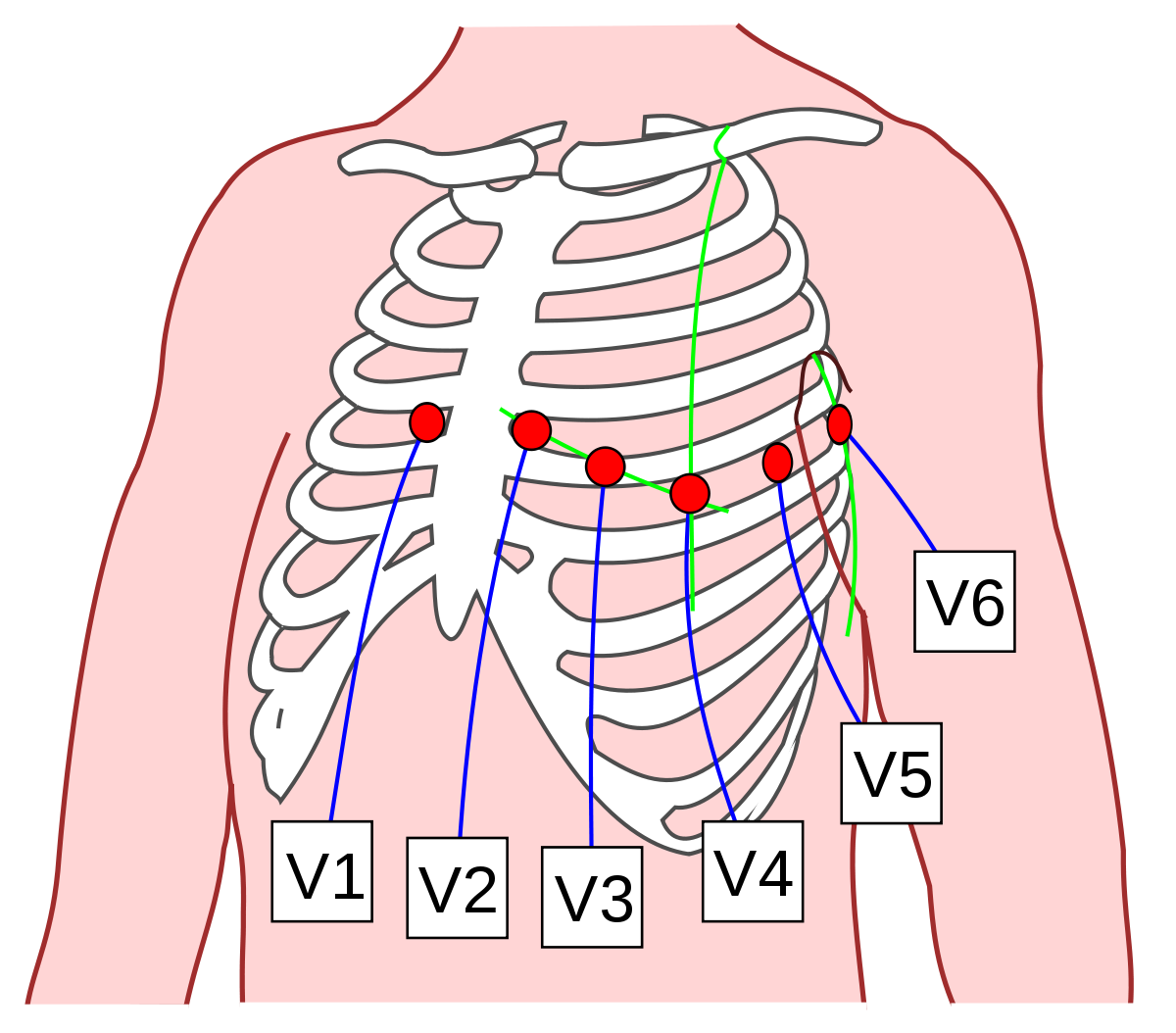The Heart's Electrical Conduction Pathway
The heart is a remarkable organ. It can pump blood in an intrinsic fashion, which means that it does not depend on nerve signals to contract rhythmically. If all nerves supplying the heart are severed, the heart can still beat, as observed in patients who receive heart transplants. The heart has a conduction system that enables it to contract periodically.
The heart has two cell types: contractile and autorhythmic. Contractile cells have a stable resting membrane potential because they contract only after receiving nerve signals. They are not intrinsic and only depolarize when cells around them have depolarized. On the other hand, autorhythmic cells can contract independently of the nervous system and can depolarize by themselves. This principle is called automaticity. Unlike contractile cells, autorhythmic cells have an unstable resting potential that constantly fluctuates and reaches the depolarization threshold. These membrane potential fluctuations are called pacemaker potentials.
The heart's cells - both contractile and autorhythmic - communicate with each other through tiny channels called gap junctions. Gap junctions facilitate ion movement between adjacent cardiomyocytes.
Components of the Electrical Conduction System
- The sinoatrial (SA) node is a group of autorhythmic cells located at the top of the right atrium, immediately below the superior vena cava's entrance to the heart. The SA node is called the pacemaker of the heart because it has a rapid depolarization rate, allowing it to initiate and control the heart's impulses. The distinct electrical rhythm it establishes with each contraction is called the sinus rhythm. Once the cells in the SA node depolarize, the depolarization wave spreads to the left atrium, the AV node, and into the myocardium itself. The depolarization wave spreads fastest through tracts of autorhythmic cells. Once the SA node's cells depolarize by calcium influx, they transfer calcium ions to adjacent autorhythmic and contractile cells through gap junctions, allowing the depolarization wave to disseminate throughout the heart. The depolarization wave spreads from the right atrium to the left atrium through a band of tissue called Bachmann's Bundle.
- After leaving the sinoatrial node, the impulse travels through the right atrium and the internodal pathway to reach the atrioventricular (AV) node. The AV node is situated in the interatrial septum and is superior to the tricuspid valve. When the impulse reaches the AV node, it stops for 0.1s. This delay enables the right atrium adequate time to contract and pump blood to the ventricles. If it wasn't for this delay, the atria and ventricles would be contracting simultaneously, pumping blood against each other and counteracting the natural direction of blood flow through the heart!
- The impulse travels from the AV node to the Bundle of His, which is also known as the AV bundle.
- The Bundle of His splits into three large branches: the right anterior fascicle, the left anterior fascicle, and the left posterior fascicle. The right and left anterior fasciculi branch down toward the apex of the heart and go toward the right and left edges of the heart, respectively. The left posterior fascicle branches toward the posterior left side of the heart.
- The left anterior fascicle and the right anterior fascicle split into tiny branches called Purkinje fibers. Once the impulse reaches the Purkinje fibers, it goes in all directions along the edge of the heart.




Comments
Post a Comment